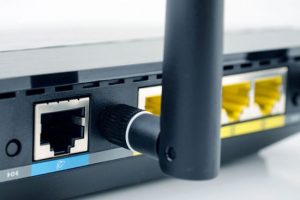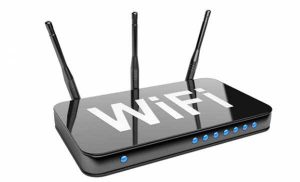Wireless speed and wireless range are the two main features when it comes to wireless routers.
Several factors affect a router’s wireless range, or the distance from the router to where its signal fades, including how many radios and antennae it has, what frequencies it broadcasts on, interference and more. Wireless AC routers give you the best connectivity at the farthest range as well as reliable Wi-Fi throughout your home.
All Wireless Internet is generally referred to as Wi-Fi but the term is often misused and the question usually asked is why is my internet or my Wi-Fi so slow?
In most cases, it is not due to the internet provider but the type of router you have and its rated speed.
How to Improve Wireless-N Router Speed
Wireless-N and Wireless-G refer to 802.11n and 802.11g wireless networking standards set by the Institute of Electrical and Electronics Engineers, the professional organisation and standard bearers for electronics discussion and publication.
By setting a wireless standard, most manufacturers creating wireless networking products or routers and wireless networking devices including PS4, laptops, tablets, SmartTVs, XboxOne, iPhones and Roku can all start at the same point.
Wireless-N and Wireless-G go through many versions or drafts until they are deemed suitable for publication and mass use.
The IEEE 802.11n standard improved network throughput (maximum speed and transmission) over the two previous standards, 802.11a and 802.11g.
Tri Band WiFi as Fast As Possible
Wireless-N boosted the maximum data transmission rate from 54 Mbps to 600-900 Mbps. It also opened up additional spectrum area for wireless transmission enabling the use of four spatial streams at a channel width of 40 MHz which is double the channel width of Wireless G.
Technical specifications for Multiple-Input Multiple-Output (MIMO) were standardised by 802.11n and it also boosted security and improved other features.
Enhancements of 802.11n are now included on most brand new routers as 802.11ac. The maximum throughput has gone from 54 Mbps to 600-900 Mbps (Wireless AC 1200-5300), the Wireless Range (Radius) has gone from 75 ft to 200-500 ft and the Wireless Channel Width has gone from 20 MHz to 40 MHz (20/40/80 MHz for Wireless AC). The ranges are, of course, maximum distances in optimal conditions.
Wireless AC is sometimes referred to as Gigabit Wi-Fi (1Gbps… 1 GigaBit per second). Its signal strength is greater than Wireless N giving it a bigger coverage area. If you want the fastest speed, or if you have a Wireless N router that cannot quite cover your whole home, a Wireless AC Belkin router is well worth considering.
If you live in a densely populated area, a wireless AC router will help because it runs on the 5 GHz band and most people will still be on the 2.4GHz band. This gives you a big speed advantage because your router will not be competing with as many other routers using the same signal.
Maybe you also like :
http://routerpicker.com/best-wireless-routers-for-best-range/

Hi! I am Martha D. I have over 20 years of experience in troubleshooting technical problems. I created Technipages so I could share my adventures in troubleshooting, and
I hope readers find the solutions posted on this site as useful as I do




